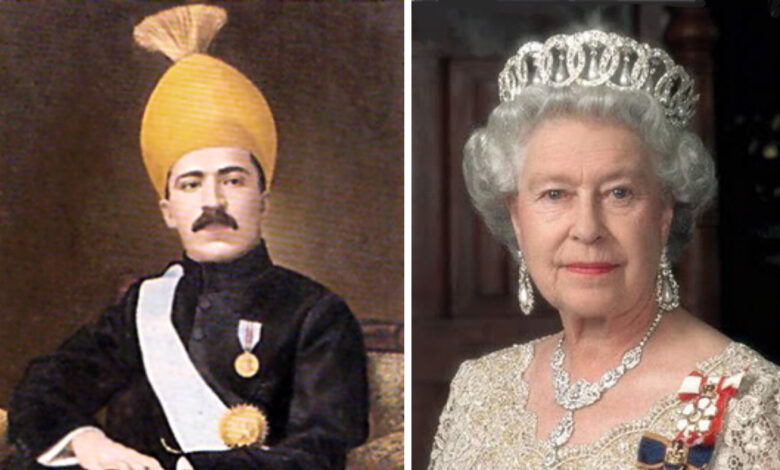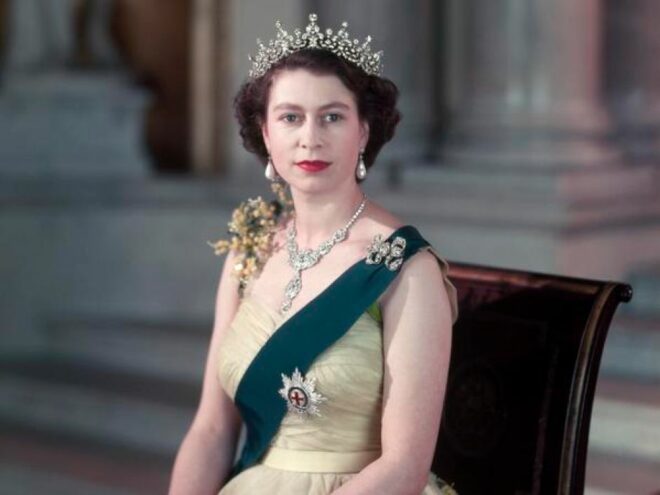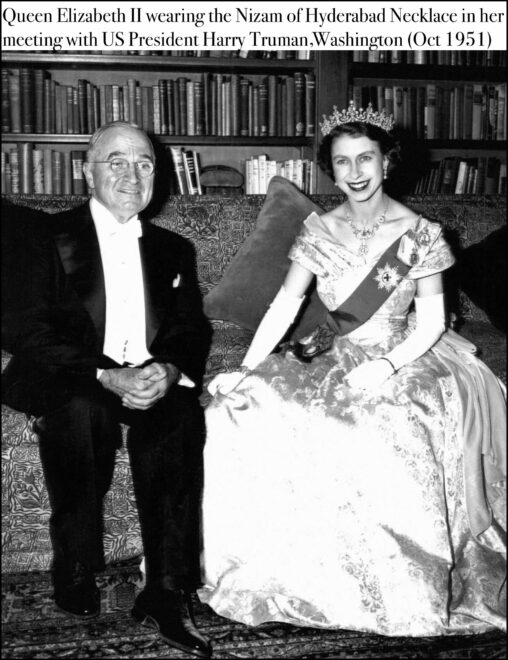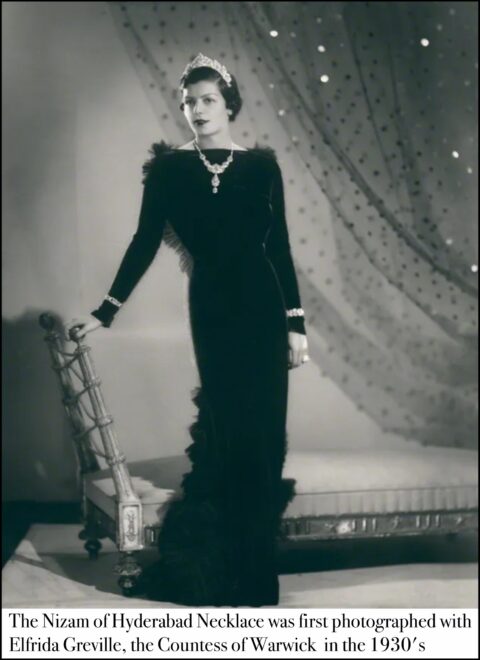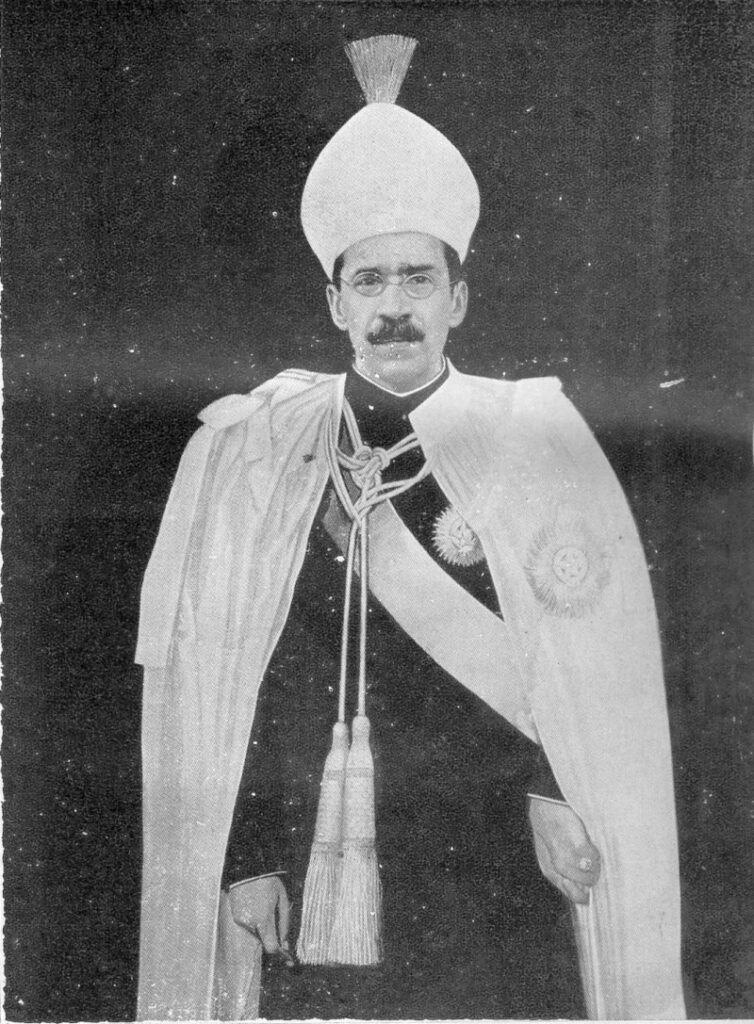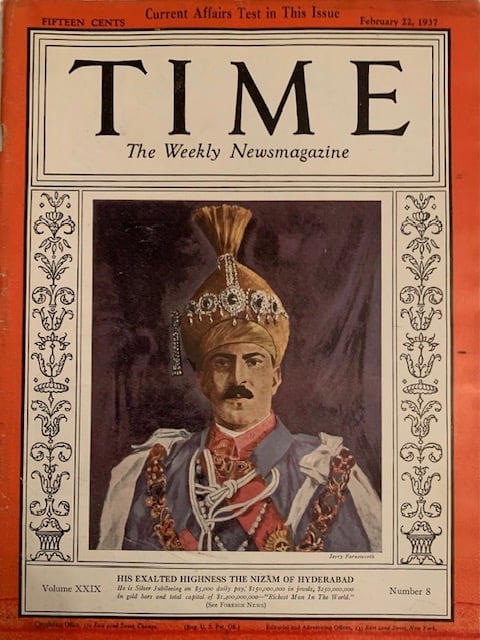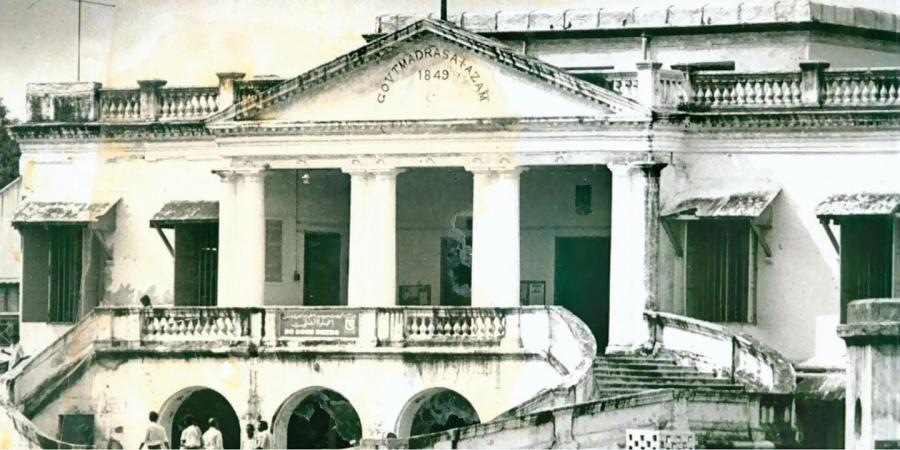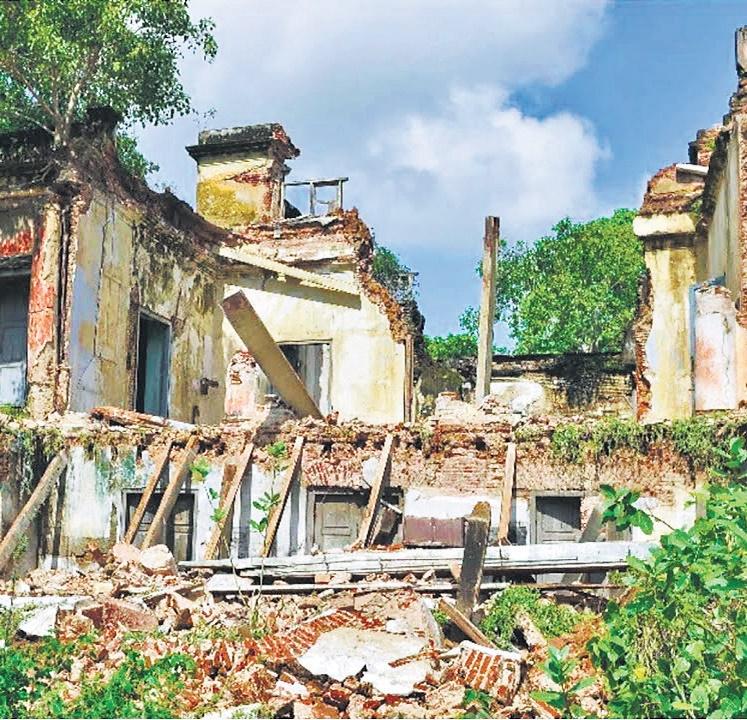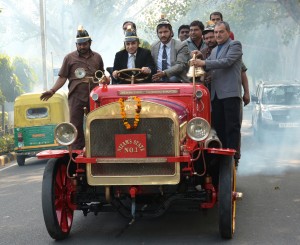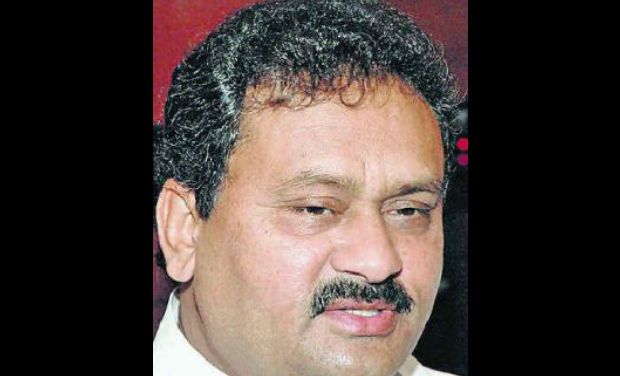BRITISH INDIA / Bath, U.K :
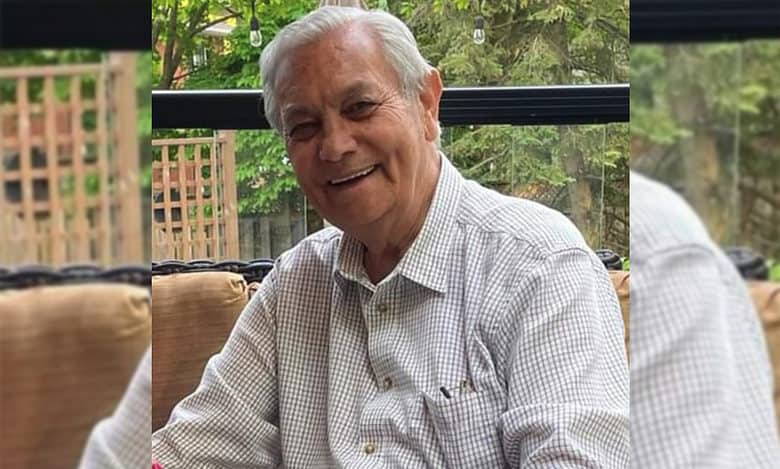
“I have great respect for the Nizam of Hyderabad. He stood by us when it mattered most and donated millions of pounds to help Britain’s air force. It was because I have a deep regard for the Nizam that I am making this trip to Hyderabad. Now that I am here I feel a sense of happiness and satisfaction.”
These words were spoken by Raymond George Rees-Oliviere, a former air force officer of the 110 Squadron in Britain. This squadron was one that was set up during the First World War in 1917 with the money donated by the Nizam.
It was called the Hyderabad Squadron and retained that name after the Royal Flying Corps was merged with the Royal Naval Air Service to form the Royal Air Force. During the Second World War, the Nizam donated more funds and two more squadrons were set up. But the 110 Squadron was the first of these and it was the one in which Raymond served in the 1960s.
“I want to relate a very unusual coincidence that happened before I came to Hyderabad,” continued Raymond. “I live in the city of Bath. For my Visa application to travel to India, I had to go to Cardiff because the processing is done there. It turned out that the Indian gentleman, who was the Visa officer, was from Hyderabad. He asked me why I wanted to travel to Hyderabad and that is when I told him my story. How the Nizam had donated a sum of money which set up the 110 Squadron in which I had served. The gentleman was overjoyed when he heard these facts. He granted me a Visa in no time. Moreover, although I had asked for two months, he granted me six months,” said Raymond.
Raymond belongs to a family of Englishmen who lived in India for generations. His father and grandfather lived in India and Raymond was born in India in 1937. He studied at the Goethals Memorial School in the town of Kurseong in Darjeeling district. When he was ten years old the family moved back to England. There he completed his education and then joined the Air Force.
During his air force career he served as a gunner and as helicopter crewman during the Malaysian Confrontation of 1962 to 1966. He had many hair raising tales to relate but all of these cannot be retold in this article.
After retiring from the air force, he continued to work in the aviation sector. He worked in aerospace and defence in the UK and in Oman and France. He then served as Principal Airworthiness Specialist in Saudi Arabia for seven years. His dedication was given respect and recognition in Saudi Arabia. He received a letter of recommendation from the Ministry of Defence and Aviation, Civil Aviation Presidency in Jeddah. Later he worked in Norway and Germany. He worked for well known companies such as Rolls Royce, BAE Systems, Raytheon and British Airways.
He was also a keen sportsman. During his service he played hockey, boxing and rugby. In boxing he was coached by the famous Harper brothers. His fellow boxers included Jack and Brian London. The latter became world famous and was the top challenger to Muhammad Ali in 1966. However he was defeated by Ali. Another of Oliviere’s boxing teammates was Dick McTaggart who took part in the 1956 and 1960 Olympic Games and won a bronze and a gold medal.
In this hectic journey of life, he got married to Margaret and had four children. His first child was a daughter whom the couple named Tracy. She was born in Singapore in 1964. Next came Lee, Alison and Alexandra, all born in the UK. He and his wife remained married for 61 years until she passed away last December.
But for many years Raymond also cherished another dream. He wanted to visit Hyderabad and see for himself the land which was once ruled by the 7th Nizam. That dream finally materialised when he landed at the Rajiv Gandhi International airport on 28th October 2022. During a brief stay in Hyderabad he took the opportunity to visit the historical landmarks and sample the Hyderabadi cuisine.
“My life has come full circle. What began with the connection to the Nizam at the beginning of my air force career has now been completed with my visit to Hyderabad. Although my stay here was brief, I have enjoyed myself thoroughly and made very good friends. I have found that the people of Hyderabad are excellent hosts. I will carry back with me fond memories of this delightful city,” concluded Raymond who will also be going to Kurseong to catch up with his old school mates.
source: http://www.siasat.com / The Siasat Daily / Home> News> Hyderabad / by Abhijit Sen Gupta / October 31st, 2022
